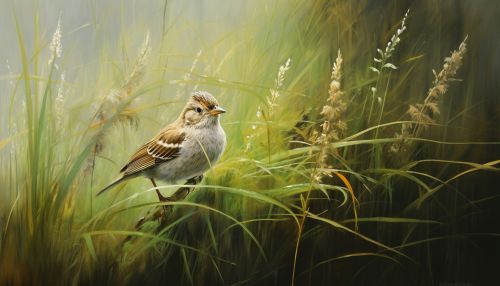The Science of Animal Foraging Behavior and Ecology
Introduction
Animal foraging behavior and ecology is a fascinating field of study that examines how animals search for, locate, and consume food resources in their environment. It is a sub-discipline of ecology and ethology, and it is deeply intertwined with concepts from evolutionary biology, behavioral ecology, and population ecology.
Foraging Behavior
Foraging behavior refers to the strategies and tactics that animals employ to find and acquire food. This can range from simple behaviors, such as a bird pecking at the ground in search of insects, to complex strategies, such as a pack of wolves coordinating a hunt.


Optimal Foraging Theory
One of the key concepts in the study of foraging behavior is the Optimal Foraging Theory (OFT). This theory proposes that animals forage in a way that maximizes their net energy intake per unit of time spent foraging. In other words, animals are thought to make decisions about where to forage, what to eat, and how long to spend foraging based on the goal of maximizing their energy gain and minimizing their energy expenditure.
Factors Influencing Foraging Behavior
Foraging behavior is influenced by a variety of factors, including the availability and distribution of food resources, the presence of predators or competitors, and the physiological needs and behavioral tendencies of the animal. For example, an animal might alter its foraging behavior based on the time of day, the season, or its reproductive status.
Foraging Ecology
Foraging ecology is the study of how foraging behavior affects and is affected by the broader ecological context. This includes the interactions between different species, the dynamics of food webs, and the impact of foraging behavior on ecosystem processes.
Foraging and Community Ecology
Foraging behavior can have significant impacts on community ecology. For example, the foraging activities of herbivores can influence plant community structure, while the predation activities of carnivores can regulate prey populations.
Foraging and Ecosystem Processes
The foraging activities of animals can also influence ecosystem processes. For instance, the digging behavior of many mammals, known as bioturbation, can affect soil structure and nutrient cycling. Similarly, the foraging activities of pollinators can influence plant reproduction and genetic diversity.
Conclusion
The science of animal foraging behavior and ecology provides valuable insights into the complex interactions between animals and their environment. By studying these behaviors, scientists can gain a better understanding of animal survival strategies, ecological dynamics, and the processes that shape biodiversity.
